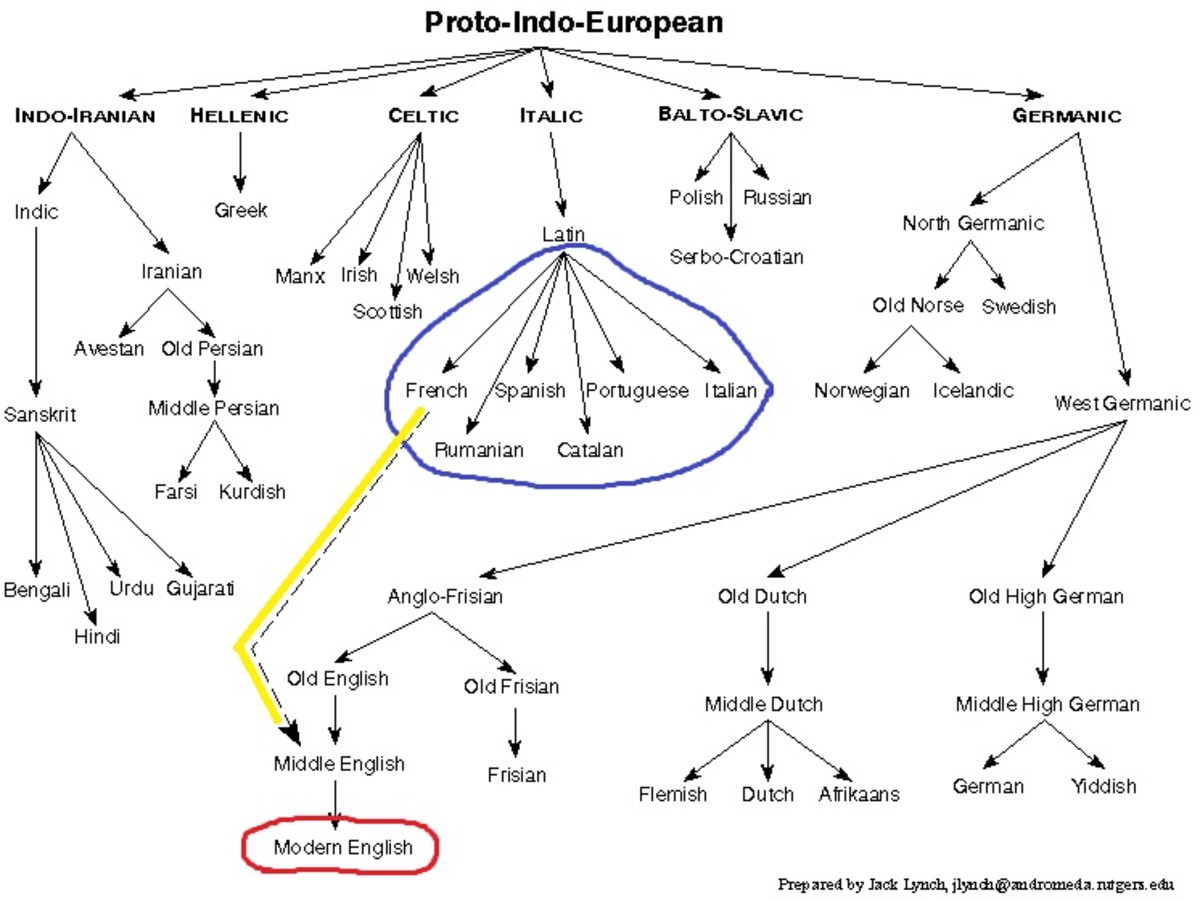When Code Switching is Necessary
Code switching in linguistic terms is the tendency by multilingual – (people who speak more than one language), individuals to speak alternatively, using more than one language or varieties in a single conversation. While code switching, speakers do not change the syntax and the phonology of the language; rather, code switching is consistent with a language’s rules.
Code switching however, is different from other phenomena in language such as borrowing and loaning words. Borrowing for example will affect the lexicon of the language while code switching will affect utterances. Furthermore, code switching happens when the speakers are fluent in the languages involved.
In order for readers to identify the reasons or functions of switching, the approaches taken by the experts in studying code-switching are very important. In addition, words containing code-switching are similar to those of one linguistic variety alone in terms of discourse unity. In other words, when the switching occurs within a single sentence, the elements from the two different languages generally are joined together prosaically. The linguistic variety in code switching may be different languages, dialects or style of the same language.
There are different approaches experts take to identify how code switching occurs in the conversations in high school. The most common approach is observation of the participants to determine how often they will code switch.
For the teachers, code switching may be done due to their lack of proficiency in a language that he or she is teaching or the inability to think of the proper word to use to make the student understand better. This maybe as a result of the students not having a wide vocabulary in the language taught. Other times, meaning of cultural concepts may be difficult for the students to get when explained in languages that are foreign to them. In this case, the teacher will have to code switch for the students’ sake of understanding.
Code switching also occurs in different scenarios. Most of the students will tend to code switch when they get into a different topic in their conversation. This is probably because of the students underdevelopment in the targeted language thus they will tend to use a language that they are fluent in to explain complex concepts.
Socializing may also be a cause of code switching especially between the addressee’s first language and the second language. This way, the speaker will be showing more friendliness towards the addressee when they use the first language. For example in the classroom data, the teacher code switches when he/she wishes to be friendlier towards the students. Although code switching is used for socializing purposes, sometimes it may be used for marking out a social boundary. For example, the teacher switches from Swedish to French when a student gets in late.
Code switching however will not be determined by the speaker and the addressee understanding but largely dependent on the need for a speaker to code switch or not.
Using different languages in a context, which is referred to as code switching, is mostly done by people who are multilingual. For teachers, code switching helps them explain concepts that would be hard for the learners to understand when explained in another language other than theirs. It is also used for social and affective meaning








